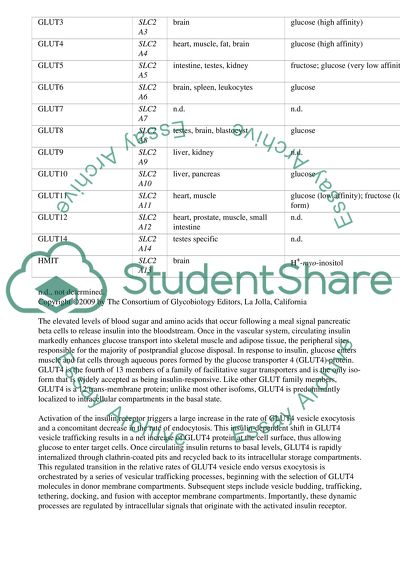Cite this document
(“GLUT4 glucose transporter Essay Example | Topics and Well Written Essays - 2500 words”, n.d.)
Retrieved from https://studentshare.org/science/1500709-glut4-glucose-transporter
Retrieved from https://studentshare.org/science/1500709-glut4-glucose-transporter
(GLUT4 Glucose Transporter Essay Example | Topics and Well Written Essays - 2500 Words)
https://studentshare.org/science/1500709-glut4-glucose-transporter.
https://studentshare.org/science/1500709-glut4-glucose-transporter.
“GLUT4 Glucose Transporter Essay Example | Topics and Well Written Essays - 2500 Words”, n.d. https://studentshare.org/science/1500709-glut4-glucose-transporter.


